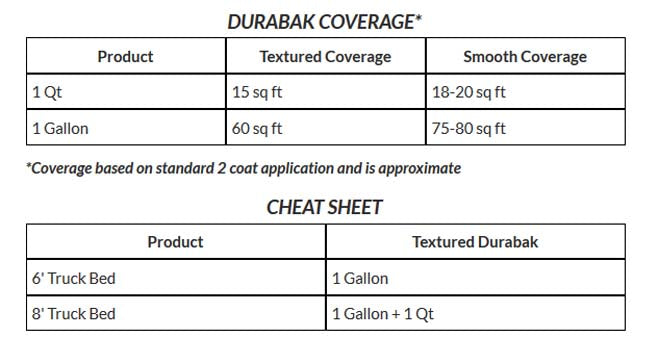Some modern vehicles feature drum brakes on the rear axle. On older cars, they were installed on the front wheels as well. While these are different than the typical disc brake, they operate under the same principles. For people that like to perform their own work, it might be confusing trying to figure out how to bleed drum brakes. To alleviate confusion, we’ve created this guide to help you out.
How Do Drum Brakes Work?
When you press your brake pedal, fluid makes it way down the brake lines and forces your pistons inside the wheel cylinder to come out. This forces your brake shoes to push against the brake drums. This process causes the vehicle to stop if everything is working correctly. If there’s any air inside the lines, your brake pedal won’t feel right. You might notice a spongy feel when pushing down the pedal. To alleviate this, you need to know how to bleed drum brakes.
How to Bleed Drum Brakes – Step by Step
Before you begin, you need to prepare for your work. Gather these supplies:
- Jack stands
- Brake fluid
- Automotive jack
- Plastic or glass jar
- Lug wrench
- Wrench set
- Clear plastic tubing
Step #1 – Remove Your Wheels
Use your automotive jack to lift up the rear of the vehicle and then support it with jack stands. Loosen the rear wheels with your lug wrench. Then, remove them and set them aside.
Step #2 – Bleeding the Brakes
Bleeding your drum brakes is the same process as with disc brakes. Start with the wheel that’s furthest away from the car’s master cylinder and work towards it. You’ll find the bleeder screw on the rear of the backing plate, usually near the top. Then, remove the rubber or plastic cover that’s protecting the screw. Place your hose over the screw and put the other end into your container. This will catch any brake fluid you bleed out. Make sure you keep an eye on the fluid levels in the tank throughout the process. You don’t want it to run dry. Grab a helper and have them press lightly on the brake pedal. Open up the bleeder screw which should cause the brake pedal to slowly make its way to the floor. During this time, brake fluid will come out of the bleeder. Once the fluid stops leaking, you can close the bleeder and have your helper release the pedal. Continue doing this process until there are no more air bubbles in your tube. Then, repeat it with your other wheel.
Step #3 – Check Your Work
Confirm that there’s still plenty of fluid found in your master cylinder. Then, you are ready to put your wheels back on and head out for a test drive. If the pedal continues to feel spongy, you need to continue the process over again. You should have a firm brake pedal if you bled the drum brakes properly. This ensures that everything is running smoothly and your brakes are working properly.
Final Thoughts
Considering
brake failure leads to about 5% of all accidents, it’s imperative that you care for your brakes properly. That’s why you should know how to bleed drum brakes so you remain safe on the road. If you want to further increase your safety on the road, you’ll also want
clean headlights. At Durabak, we care about your safety and are always looking for ways to serve you better. We continue to be your go-to source for a durable,
effective truck bed liner that protects your investment. Contact us today to see how we can serve you.

